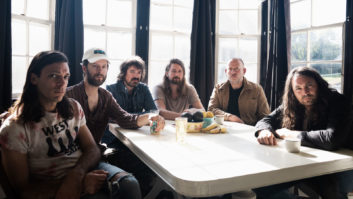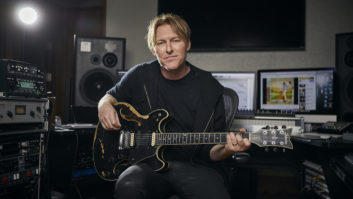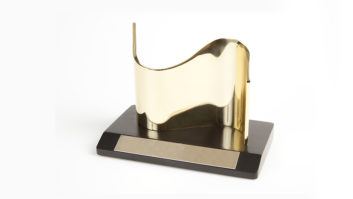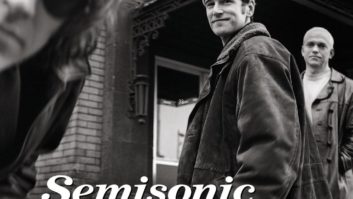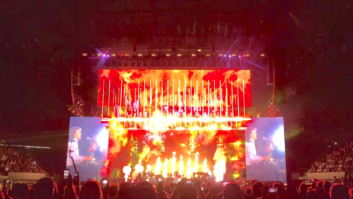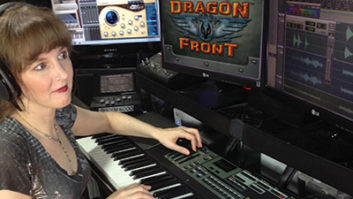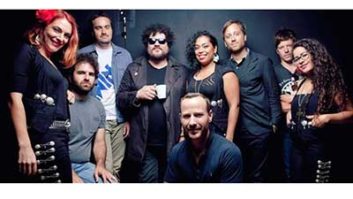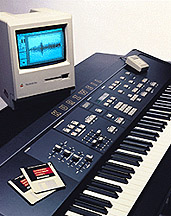
After inventing a number of firsts—text-to-speech synthesis, the CCD flatbed scanner, Omni-Font optical character recognition and a print-to-speech reading machine for the blind—Ray Kurzweil met Stevie Wonder, who encouraged him to apply computer control to acoustical instruments. As a result, he founded Kurzweil Music Systems in 1982 with Wonder serving as its musical advisor.
A year later, visitors crammed into a packed demo suite on the fifth floor of the New York Hilton Hotel during the New York AES convention and marveled at the Kurzweil 250. The first ROM-based sampling keyboard to successfully reproduce the full complexity of acoustic instruments, the 250 offered natural-sounding pianos, thick drums, lush strings, choirs and more and its 88-note, velocity-sensitive wooden keyboard provided a piano-like playing experience.
Weighing 95 pounds and costing almost $16,000, the 250 sounded great, and Kurzweil followed it with a long series of innovative—and more affordable—products.
